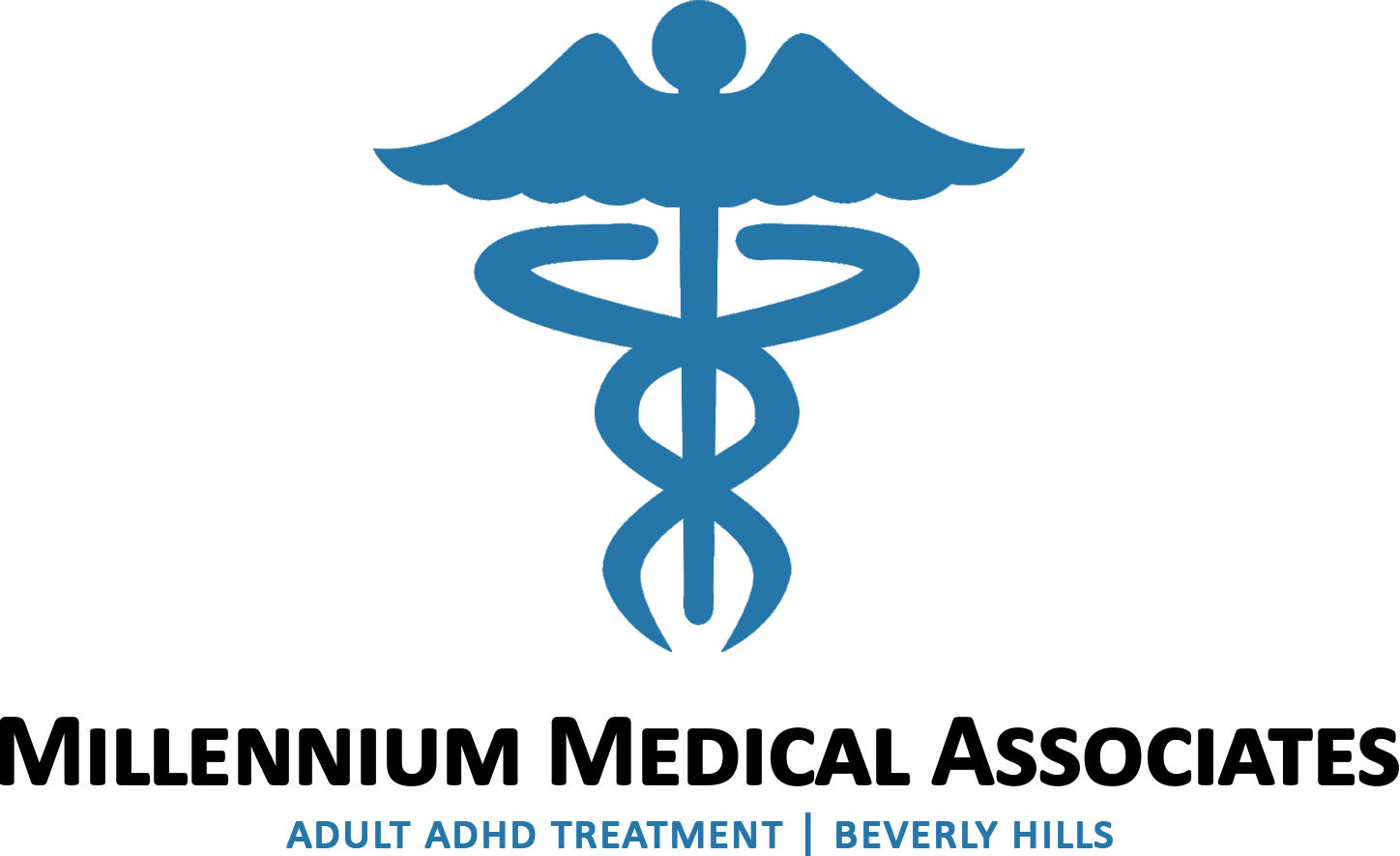Coping with ADHD During this COVID-19 Pandemic
Due to the unprecedented challenges faced by the world amid this crazy COVID-19 crisis, coping with ADHD may be taxing. Most importantly, staying indoors all the time, compounded by alarming news and daily social media distractions now and then, maybe fueling anxiety in many people with ADHD, kicking ADHD symptoms into high gear.
Despite all the distractions, fear, and anxiety, the good news is that there’s still a lot you can do to cope with ADHD during the current global health pandemic.
Set a Schedule and Stick to It
With stay-at-home orders, because you don’t have to commute for work in the mornings anymore, it may be tempting to stay up late binge-watching your favorite TV series. Consequently, you wake up late that disrupts your routine for the entire day. But avoid going to that stage. An ADHD brain functions best when it has a schedule to follow. Make a point to give it one.
Go to bed and wake up at the same time every day like you were doing before COVID-19. If you’re working from home, make a workspace outside your bedroom and get dressed as if you’re leaving for your office. Virtually, do anything that makes your routine resemble a state of normalcy. This will help maintain your physical and mental health, and thus keep your ADHD symptoms from kicking into overdrive.
Limit the Use of Social Media
Given these challenging times, we know it must be hard to resist social media, especially when Twitter and Facebook have become the go-to source for real-time information from journalists, doctors, and scientific experts. More so, for people with ADHD, a new headline popping up on their screens is enough to give the dopamine rush that their brain always craves. Not only that, but being isolated may also be amplifying your cravings to stay electronically connected more than ever.
Nonetheless, the notorious link between prolonged screen times and the worsening of ADHD symptoms can’t be ignored. Hence, try to cut down your mainstream media time by 5 minutes every day to keep your brain from “that wanting more and more” desire and preventing your symptoms from worsening. However, stay aware of the status of COVID-19 in your community and follow the directions of your local health authority.
It’s okay to use social media once in a while to text or video call your friends and family to stay connected and fend off the loneliness that may stem from staying home all the time. But do remember to keep yourself disciplined to help curb distractions and regain self-control.
Minimize Distractions (Besides Social Media)
When doing your office work from home, it might not be possible to steer clear of all distractions. Having said that, setting ground rules during your working hours —such as knocking before intruding into your office or valuing your quiet time during those hours — can be a lot helpful. Keeping your workspace organized and tidy can also help you stay on top of things.
As mentioned above, notifications popping up on your smartphones tend to heighten distraction and hyperactivity. Thus, also make sure to avoid distractions by silencing your phone when you’re sitting down to work.
Use your Free Time Wisely
We all have some creative ideas (like writing a book, sketching out our favorite picture, etc.) that we’ve always wanted to bring to life, but we’ve been putting them off due to our busy schedules. Perhaps now is the time to invest in those tasks. Work at those tasks as if you have a deadline (such as X number of words should be typed today). Split it into chunks and stay focused on your goal until accomplished.
Stay Active Inside your Home
Needless to say, exercise works like a drug for ADHD. It causes your brain to churn out chemicals like dopamine (that helps boost attention and focus) and endorphins (that make you “feel good”), which keep you physically and mentally sound. So be sure to keep exercising even when staying indoors. There are a variety of exercises that can be done in the comfort of your home to keep your physical and mental fitness in good shape. Examples include but are not limited to walking, lifting and carrying groceries, stair climbing, chair squatting, alternating leg lunges, sit-ups, pushups, or making a space in your home to practice a few yoga poses.
Continue with your Treatment Plan
Last but not least, if you’re on any medications for ADHD, continue taking them as advised by your doctor. Moreover, if the need arises, check if your doctor is still available by phone or videoconferencing.
If you’re in California and would like to seek treatment with us for your ADHD, click the link below to schedule an appointment.
